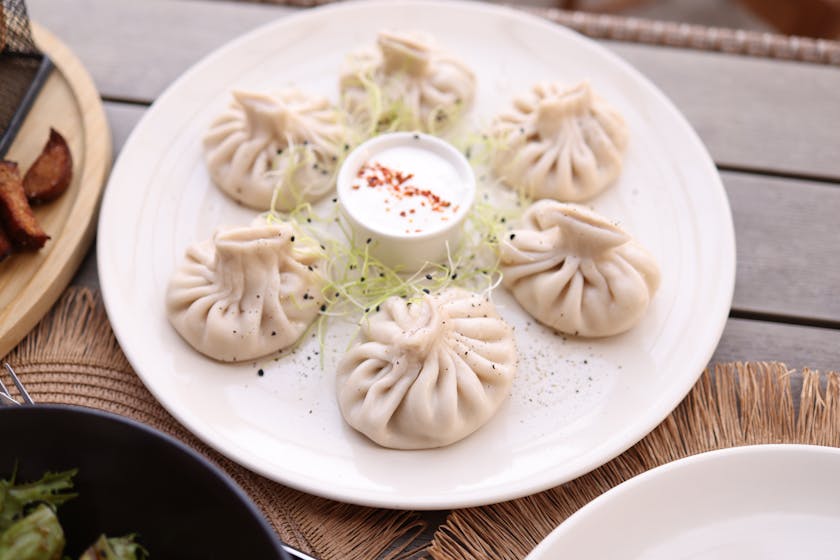If you’re delving into once-a-month cooking, bulk meal storage for emergency preparedness should be a top priority. Having a stash of meals ready to go not only saves time but also provides peace of mind during unforeseen events. Here’s how to ensure your meals stay safe and delicious when stored for extended periods.
Understanding the Basics of Bulk Meal Storage
Before you start cooking in bulk, it’s crucial to understand the principles of food safety and storage. Storing large quantities of food requires careful planning to prevent spoilage and foodborne illnesses. The first step is to ensure you have the right containers. Opt for airtight, freezer-safe containers that can keep out moisture and air, which are the main culprits in causing freezer burn.
Labeling and Organization: The Key to Efficient Storage
When storing meals, labeling is your best tool. Include the name of the dish, the cooking date, and the use-by date on each container. This practice not only helps rotate your stock efficiently but also prevents the dreaded mystery meal scenario. Organize your freezer space by type of meal and consumption priority to streamline meal planning and avoid waste.
Maximizing Freshness with Proper Freezing Techniques
Freezing is the most effective method for long-term storage of cooked meals. To maintain the best quality, cool your cooked meals rapidly before freezing. This can be done by placing the food in shallow containers or dividing it into smaller portions. Quick cooling helps prevent the growth of bacteria and also preserves the texture of the food.
Choosing the Right Containers for Long-Term Storage
Invest in quality containers that are specifically designed for freezer use. Glass containers with airtight lids are ideal for most meals, though heavy-duty aluminum foil and freezer bags are suitable for items like bread or individual portions. Remember to leave a small amount of headspace in containers with liquids to allow for expansion.
Strategies for Thawing and Reheating Your Frozen Meals
Thawing and reheating are just as important as the initial preparation and storage. Plan to thaw your meals in the refrigerator to ensure they remain at a safe temperature throughout the process. For quick thawing, you can use the microwave, but be sure to reheat and consume the meal immediately afterward. When reheating, aim for an internal temperature of 165°F to guarantee food safety.
Utilizing Vacuum Sealing for Extended Shelf Life
Vacuum sealing can significantly extend the life of your frozen meals by removing air, which slows down the oxidation process. Not only does this help in maintaining the flavor and texture of the food, but it also prevents freezer burn. Vacuum-sealed meals can last several months in the freezer, making them an excellent option for emergency preparedness.
Don’t Forget the Power Outage Plan
In an emergency situation where power outages are a possibility, it’s important to have a backup plan. Keep a cooler and a supply of ice packs on hand to temporarily store your frozen meals in case of a prolonged power failure. This can buy you valuable time to use up the food before it spoils.
Rotate and Audit: Keeping Your Bulk Meal Stock Fresh
Make it a habit to rotate your meals, using the oldest ones first. Regularly audit your freezer inventory to ensure everything is within its use-by date and hasn’t succumbed to freezer burn. This will help you maintain a fresh rotation of meals and reduce waste.
With these tips, bulk meal storage for emergency preparedness becomes a manageable and practical component of your once-a-month cooking routine. By investing the time to properly store your meals, you’ll be rewarded with convenience and security, knowing that you and your family are prepared for whatever comes your way.



